Let me make it clear at the outset that the purpose of this analysis is not to delve into the research merit of the Hindenburg report on Adani Group of companies. That is because there is hardly anything in the report that has not been known to the media or the investors prior to this. It is just that the report has succeeded in amalgamating all the available ammunition in one place in an explosive manner.
The purpose of this analysis is also not to defend the Adani Group in any manner whatsoever. This analyst does not hold any recent positions in any of Adani Group stocks for that matter.
The focus here is on the long-term impact that the report may have on the Adani Group as well as on the Indian economy in the aftermath of its publication.
Hindenburg’s intent
It is important to look at the core intent of Hindenburg in ‘revealing’ the open secrets of Adani Group to the world.
Let it be very clear that if Adani Group is not an epitome of business ethics, then Hindenburg is no charitable organization either. It is, well, just another shortseller, which has the singular aim of maximizing profits to a hilt.
The timing of publishing the report simply confirms that. Why, otherwise, did Hindenburg not publish it at least a couple of months or weeks earlier, when, by its own account, it has been researching the Adani Group for two long years?
Very clearly, Hindenburg was waiting until the shares of Adani Group reaching a high and when the Adani Enterprises FPO was on. Hindenburg knows better than many that investor sentiments can best be manipulated at such times. So the sole purpose of this report was to maximize profits for Hindenburg. Also, in doing so, Hindenburg was hiding ‘precious’ information from other investors, and in the process, was being unethical, to say the least.
Hindenburg’s past trophies
Let’s pick up three of such trophies, namely, Nicola, Clover Health, and Jinhua An Kao, for the purpose of this analysis. Nikola Corporation is an US manufacturer of electric vehicles (EV) and energy solutions that had not delivered a single EV to the market when Hindenburg filed its report indicting Nikola of a “fraud” in September 2020. It would roll out its first two EV trucks only in December 2021. The report caused its Nasdaq listed shares to drop in value to USD12 from an earlier high of USD65.
Clover Health, which was founded in New Jersey, USA, in 2012, began selling Medicare Advantage in 2013. It was said to be one of the fastest growing Medicare Advantage insurers in the USA. Interestingly, Clover’s board members included a former first daughter Chelsea Clinton, while its investors included Sequoia and Alphabet’s GV. When Hindenburg made its expose on Clover in February 2021, the company’s shares were trading on Nasdaq at USD12.23 a piece. In the subsequent three months, the value of a share dropped to USD6.59. However, quite significantly, in September 2021, the share price briefly touched a record high of more than USD28 and it was not until November 2021 that the price fell below USD7.0 again. At the time of writing this article, however, the share was trading in the range of USD1.27.
Jinhua An Kao (now Kandi Technologies) too is an EV maker with China being its primary revenue market. Its shares dropped on Nasdaq from USD14.44 a share to USD7.88 a share in about a month’s time. Kandi’s shares now trade slightly above USD2 a share.
Impact on Adani Group
First and foremost, it is important to realize that Adani Group is not just a Nicola, a Clover Health, or a Jinhua, which have been mostly focused on one or two businesses. Moreover, these were yet to become mainstream businesses generating large revenue streams.
It would be too naïve to assume that the Hindenburg report could impact the Adani Group on a scale similar to Nicola, Clover, or Jinhua. This is simply because unlike these companies, Adani Group’s overall businesses are far from being vulnerable. Most of the Adani businesses are having revenue streams that are unlikely to get affected by their share prices. Take the ports or airports for example. Will ships stop docking at the Mudra port or will passengers stop boarding flights at the airports because Adani Group’s shares have fallen?
In fact, even the Adani Enterprises FPO ‘managed’ to get fully subscribed amidst all the Hindenburg hoopla in the media and the simultaneous bloodbath on the bourses.
It will be just a matter of time when the Adani Group shares, and any other shares that may have got dragged along, will find their previous levels. In fact, it won’t be surprising if that happens in a span of months rather than years. Signs of a recovery are already visible, as some of the group shares edged up, even if briefly, on the day of writing this article.
That a shortseller’s report can turn an Adani share into a penny stock can, at best, be a wishful thinking. The ground realities, aka the group’s assets and cashflows, are way too big to get dwarfed.



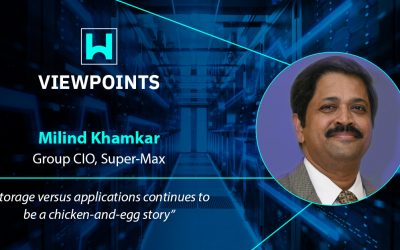
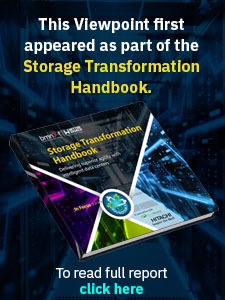
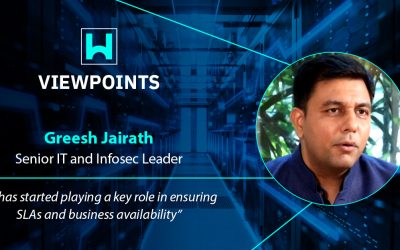

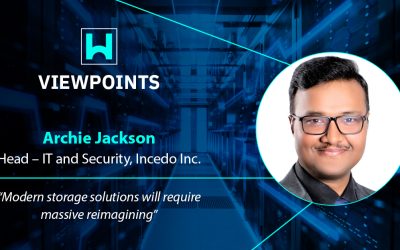
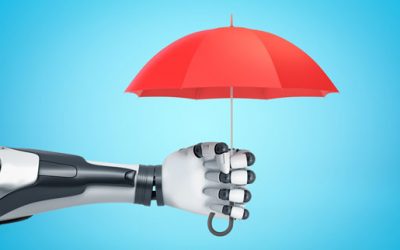
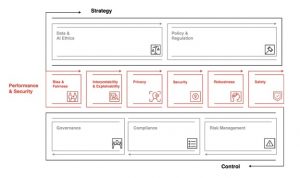

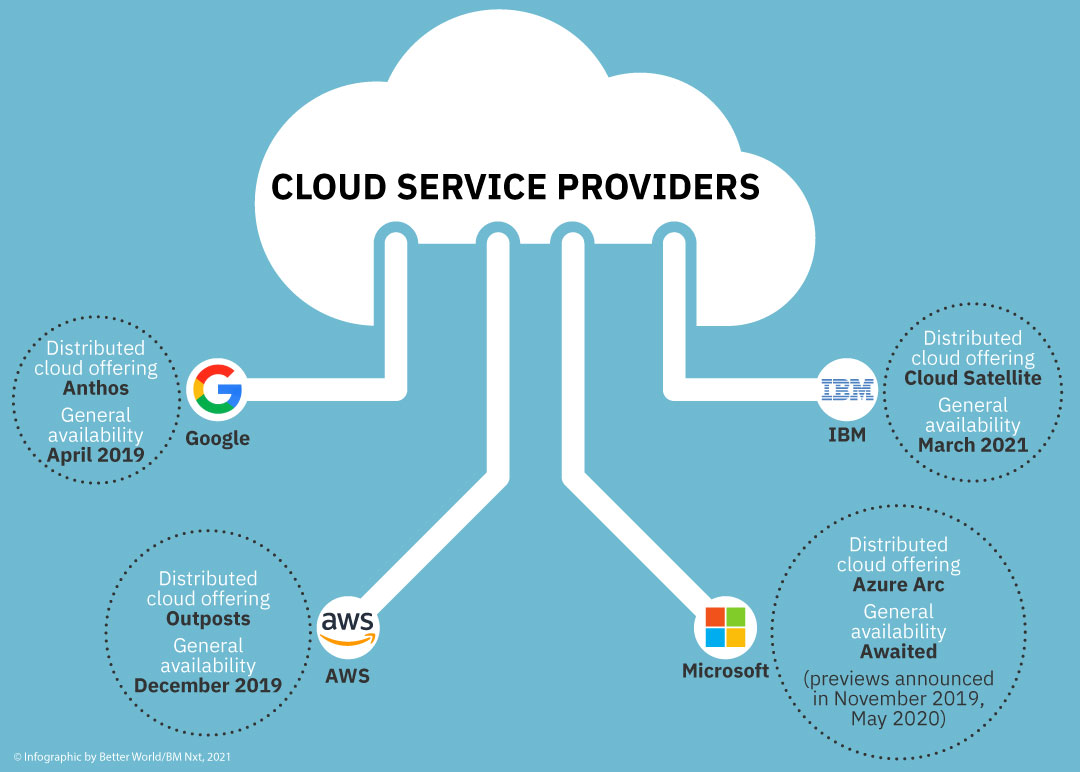
0 Comments